Presentation
Blunt trauma. The patient fell. Request for skull X-ray
Patient Data

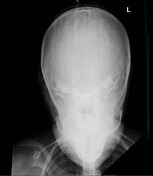
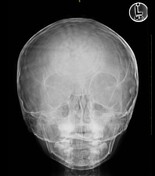
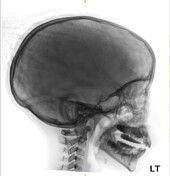
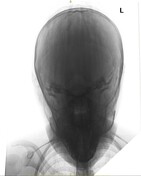
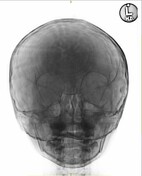
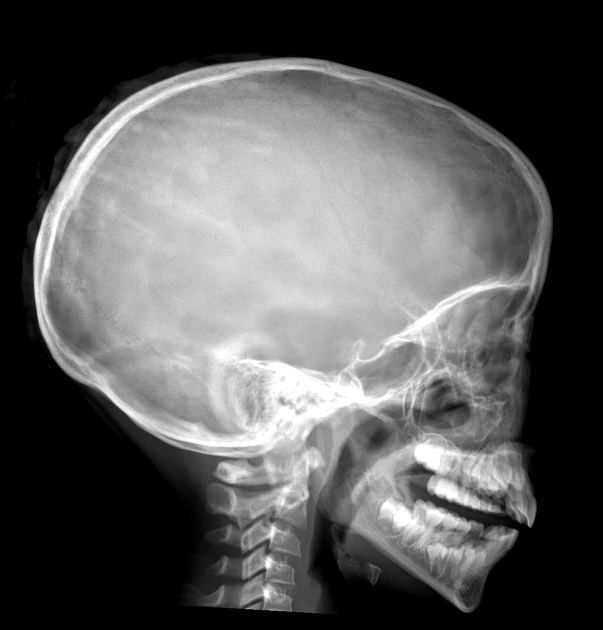
The cranium and facial bones are intact. There is incidental turbinate hypertrophy and likely acute on chronic maxillary antral sinusitis. There is a hair braiding artifact.
Case Discussion
Hair braiding artifact was unavoidable in this instance. The artifact gives a dramatic appearance and in a broad sense mimics a copper-beaten skull or even luckenschadel. Artifacts can lead to a misdiagnosis and require an alert radiographer and radiologist to prevent this.
In this instance, the radiographer noted the presence of hair braiding. The uniform linear densities on the lateral and Towne's view and the perfect circumferential alternating lucent and dense circles suggest a non-anatomical and non-pathological artifact. This is accentuated and easily appreciated on the reverse windows.
There are limited indications for skull X-rays in current medicine. They are mostly done as part of a skeletal survey usually for oncology, especially multiple myeloma, or for a metabolic/skeletal dysplasia workup.
They may be requested for MRI safety screening to exclude embedded foreign bodies, especially within the orbits that may contraindicate an MRI request.
A CT of the brain and/or facial bones represent a more sensitive assessment in a setting of trauma, however, CT availability or inaccessibility may lead to a request for a skull X-ray.




 Unable to process the form. Check for errors and try again.
Unable to process the form. Check for errors and try again.